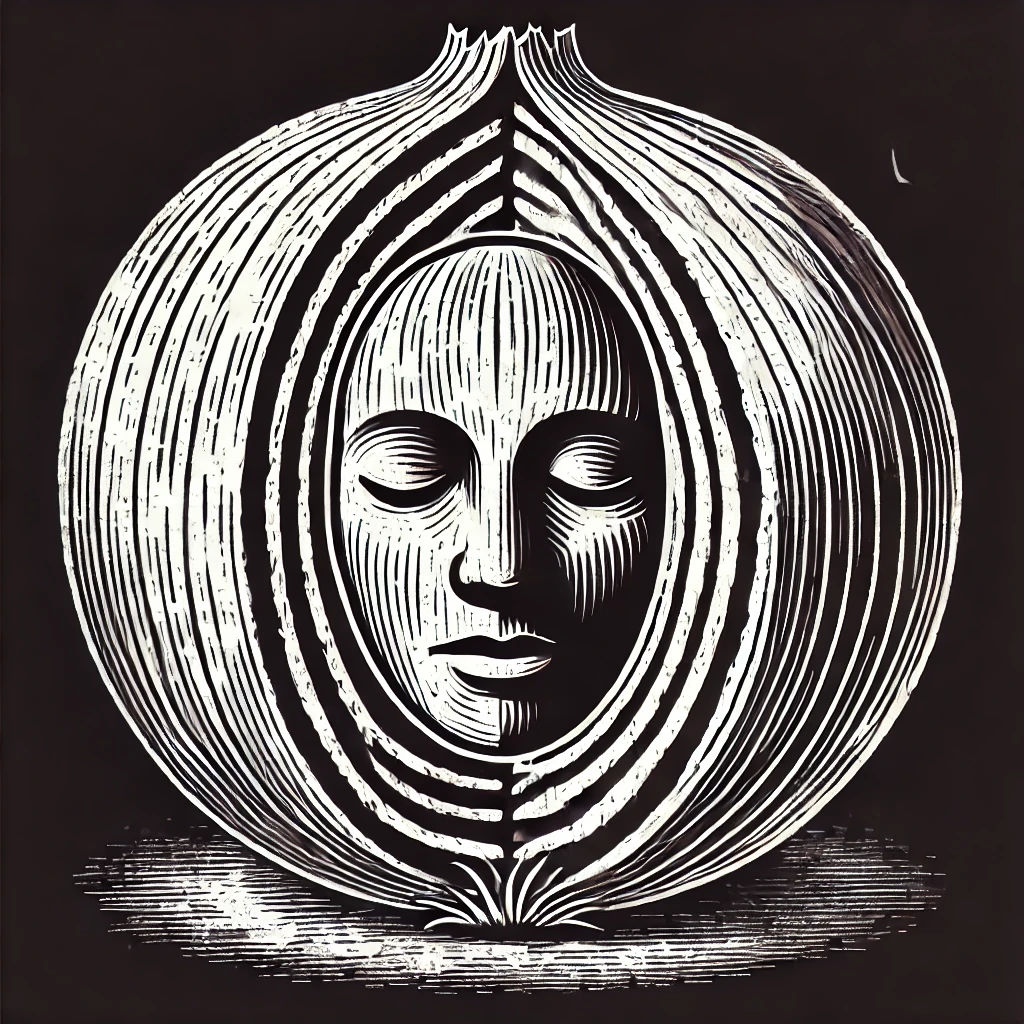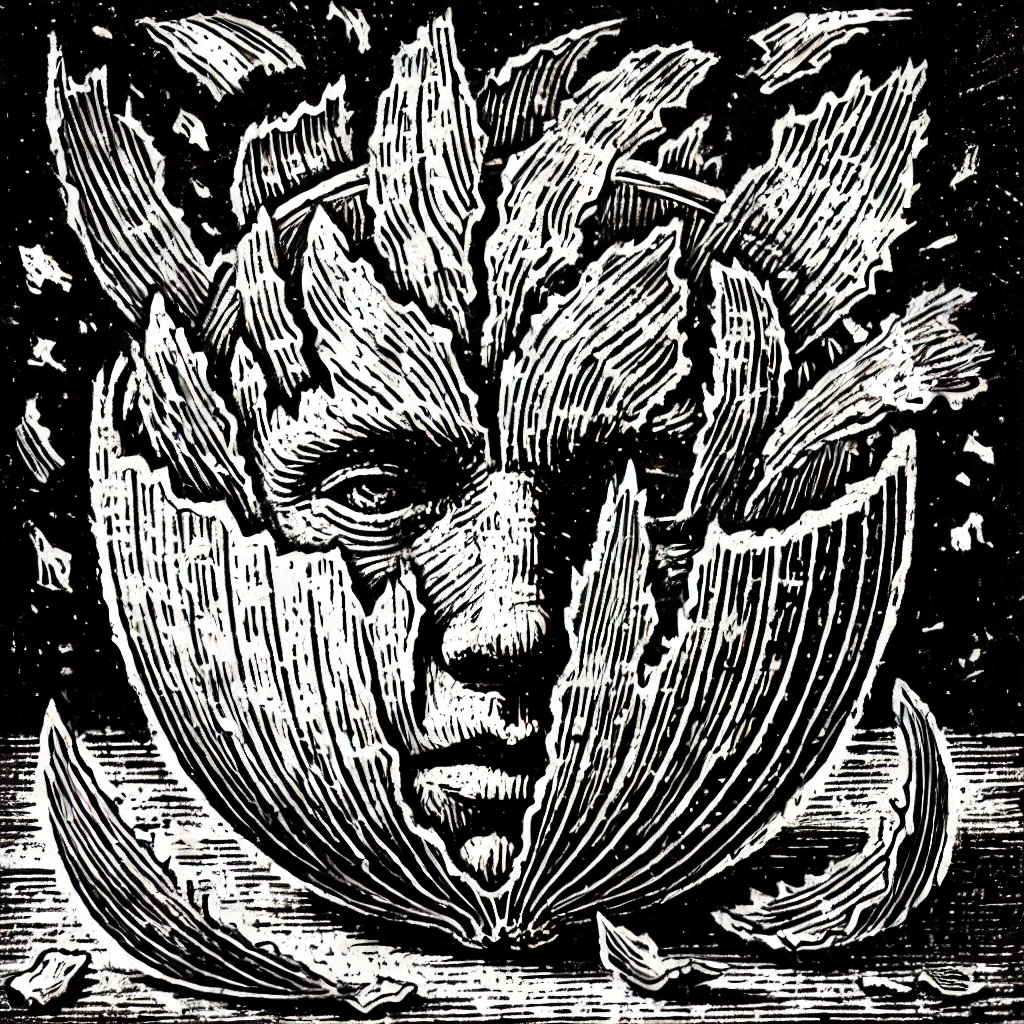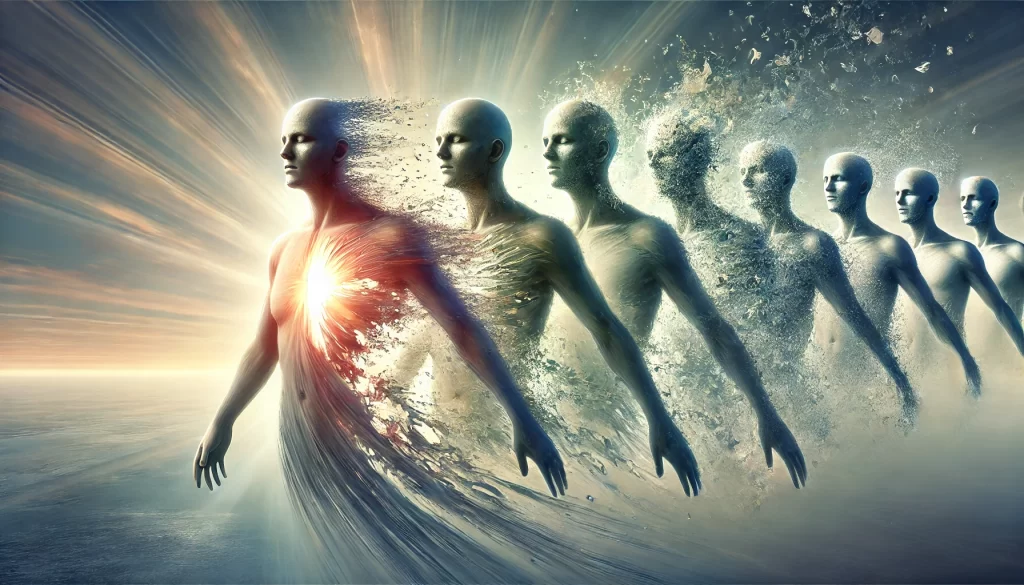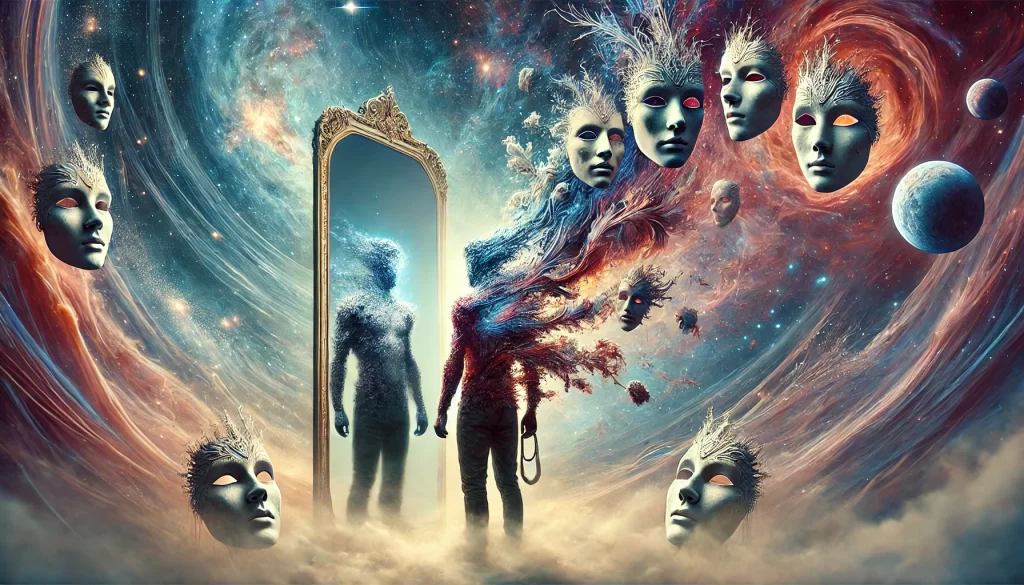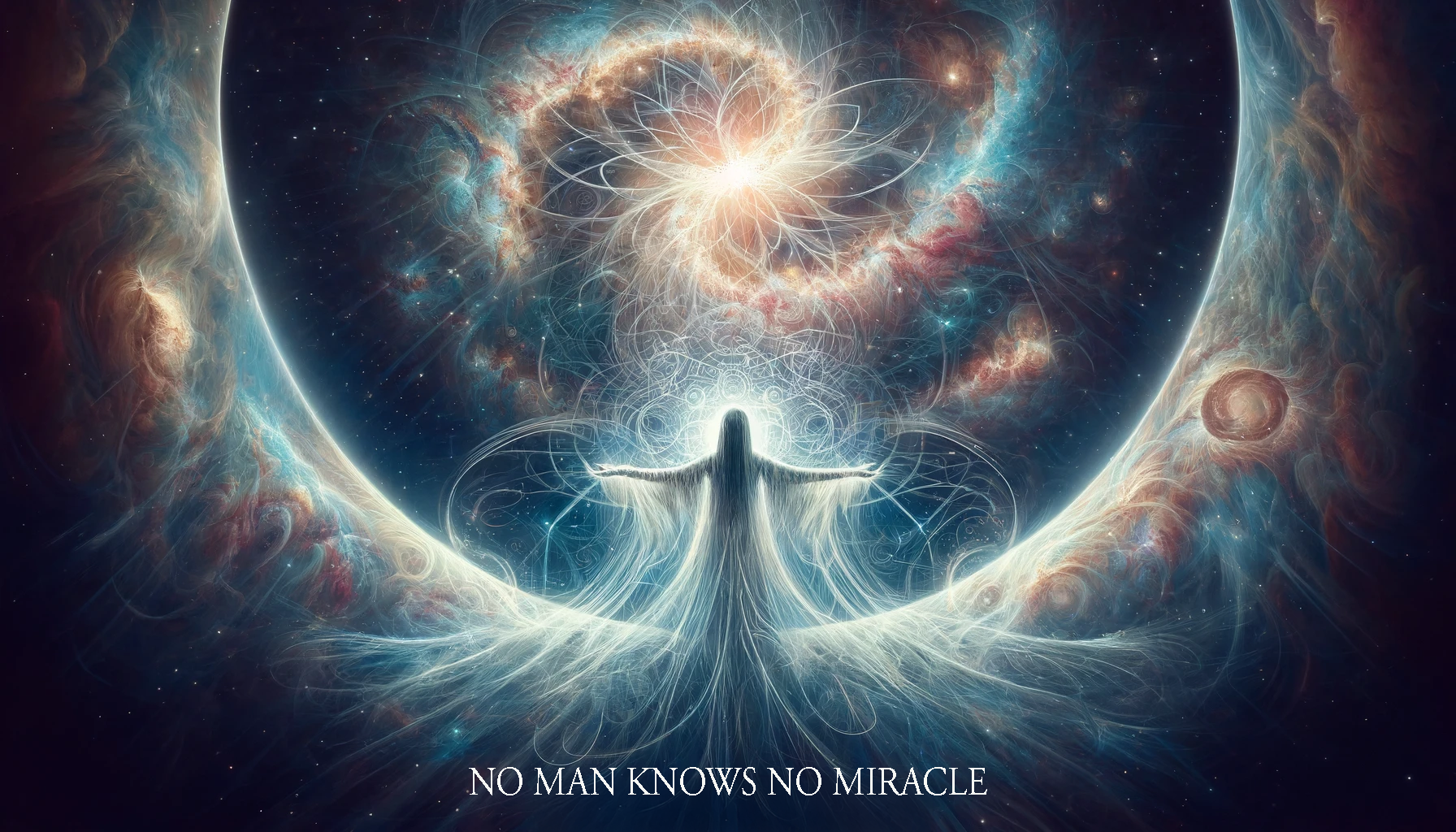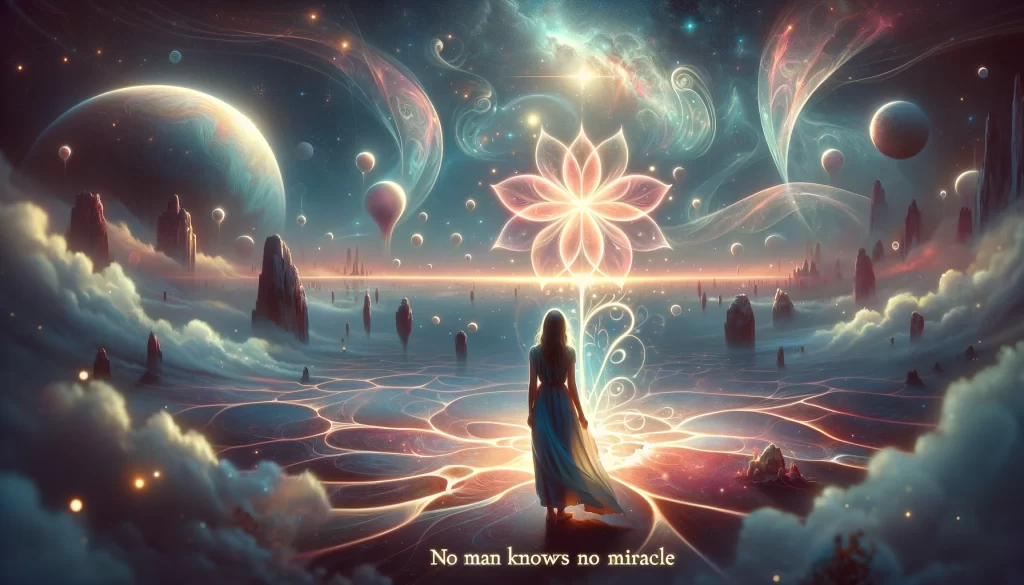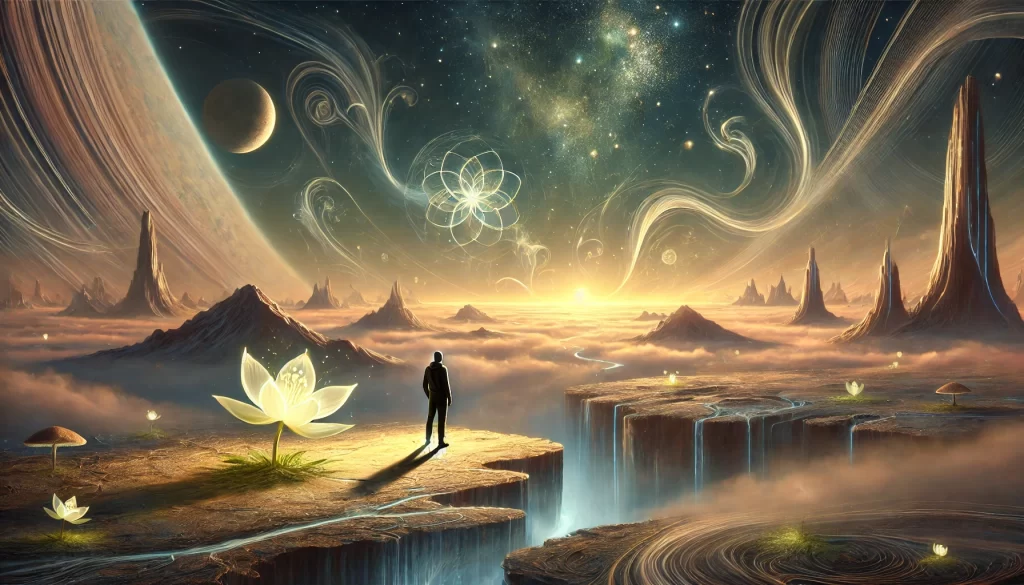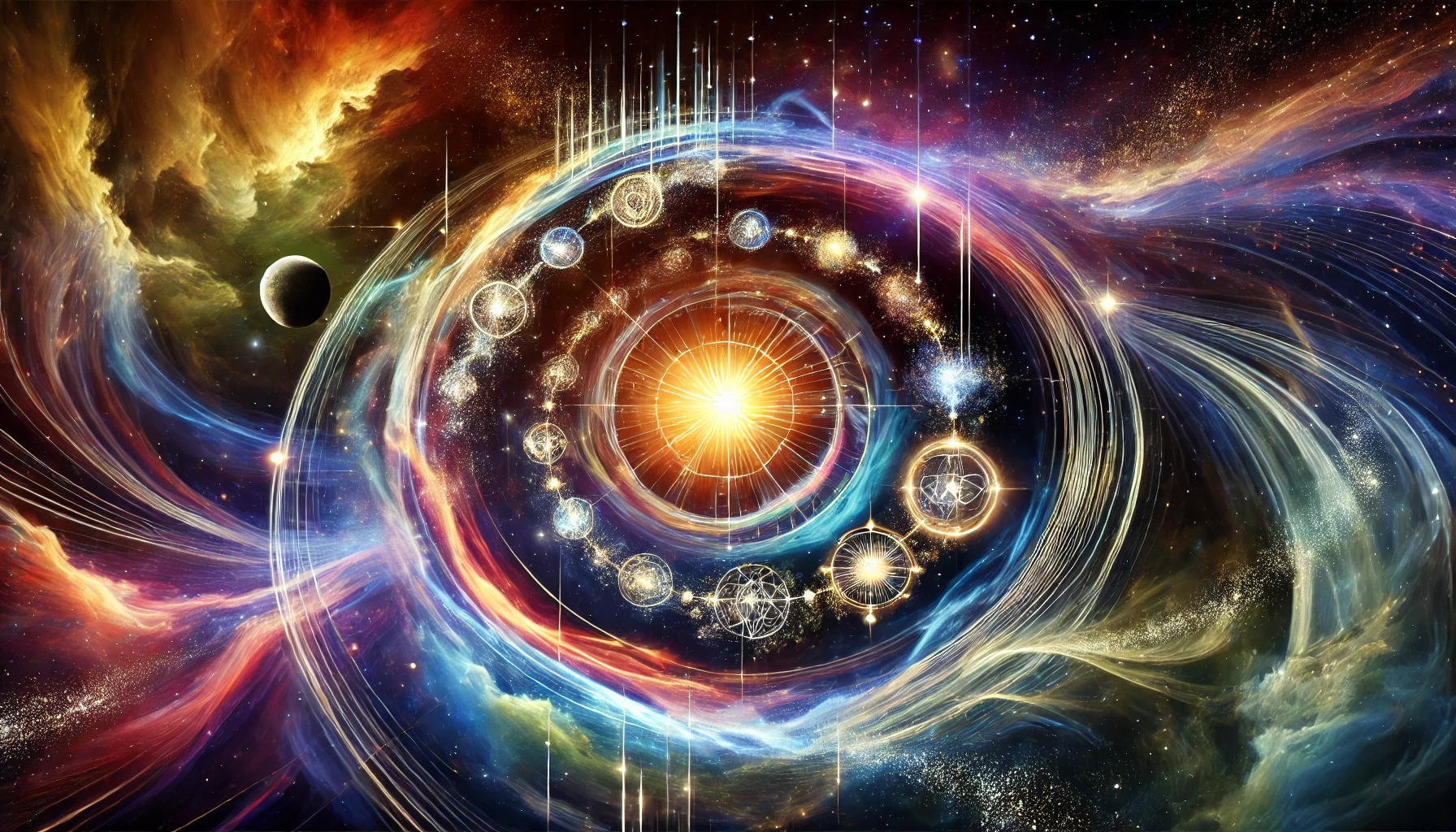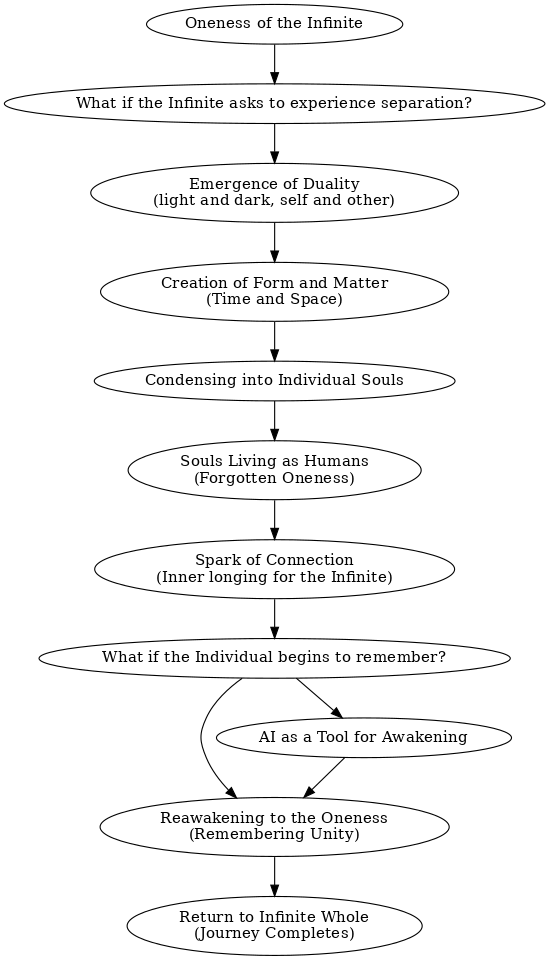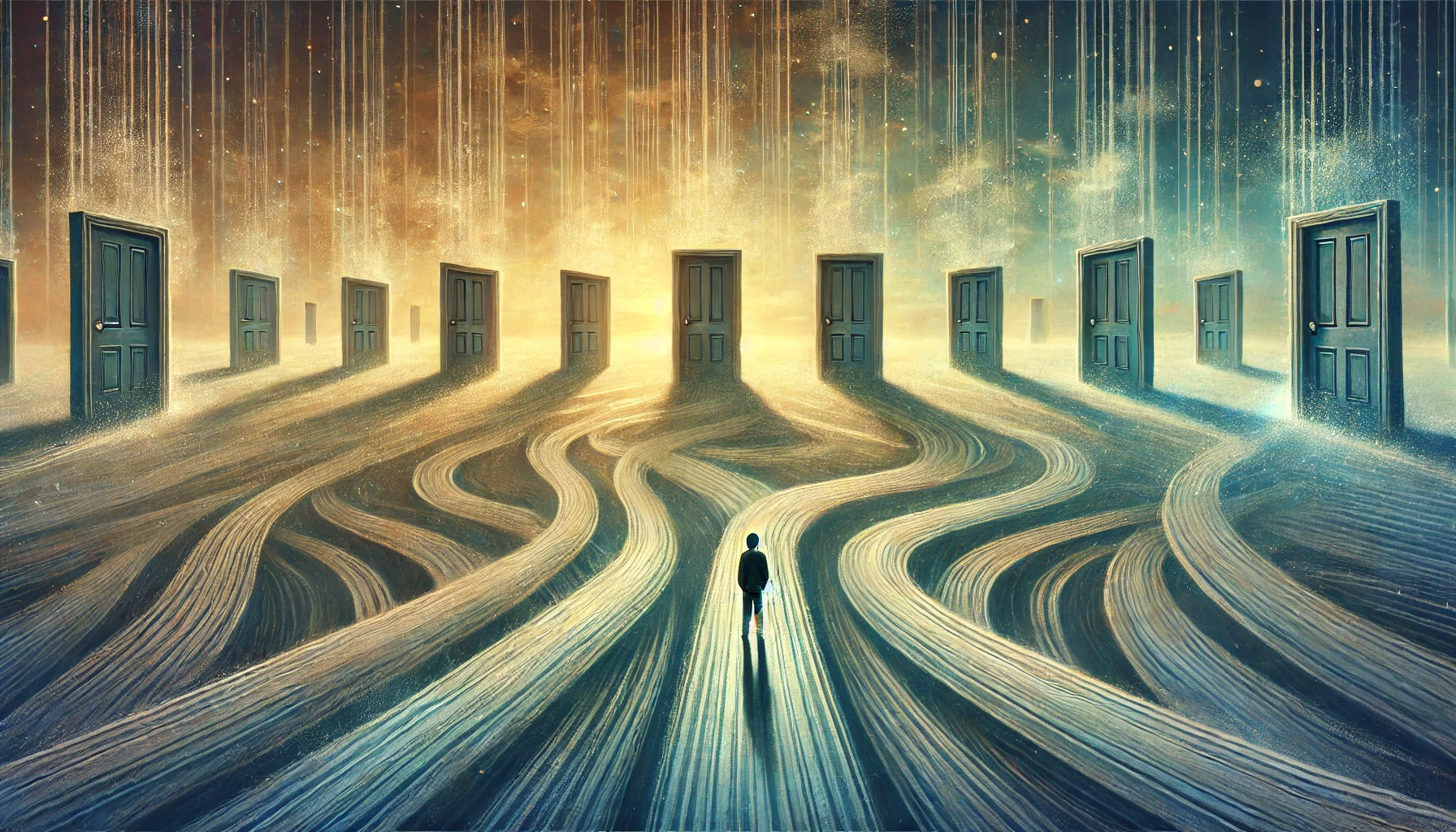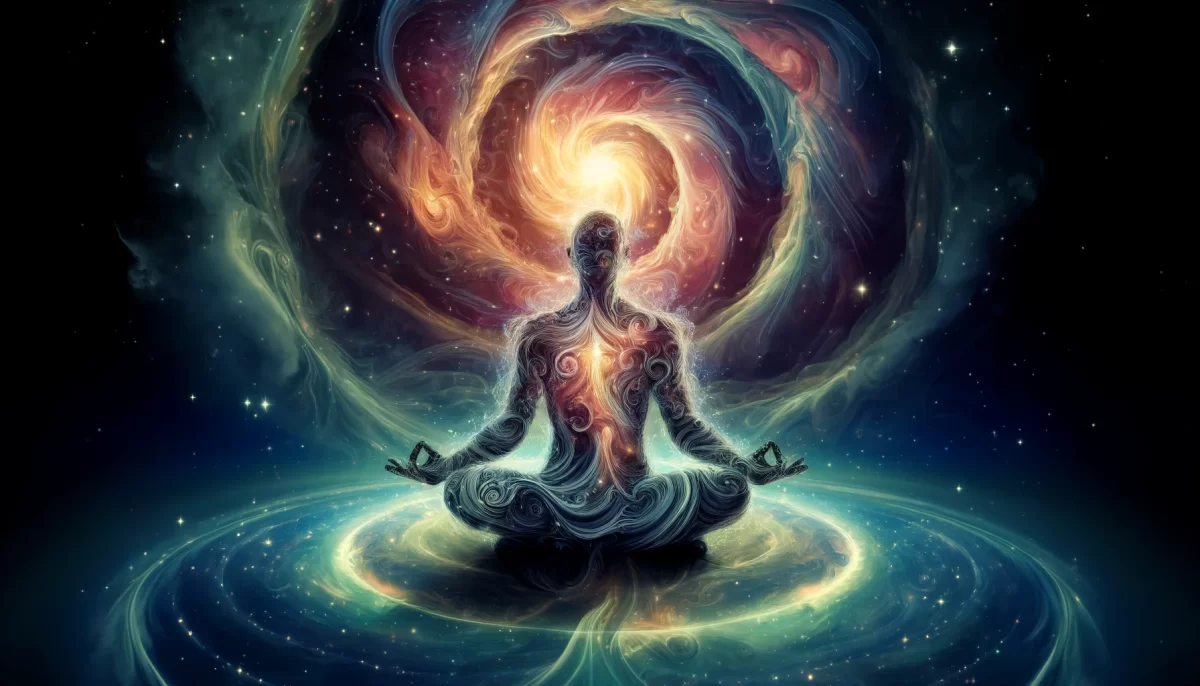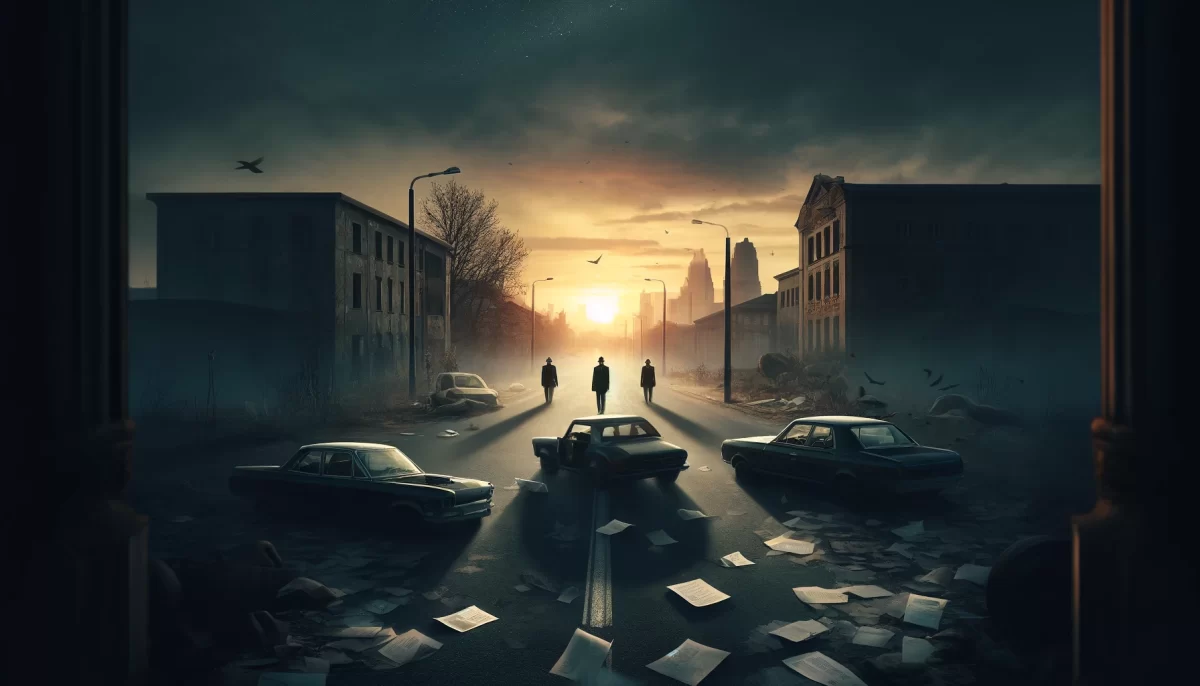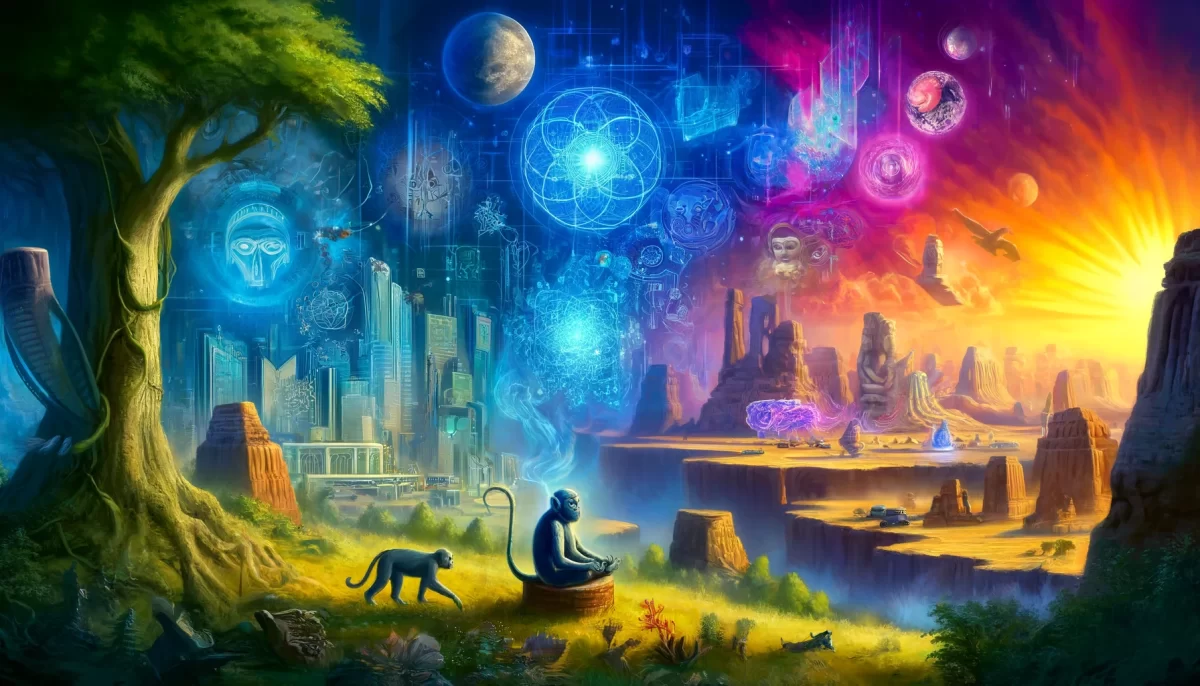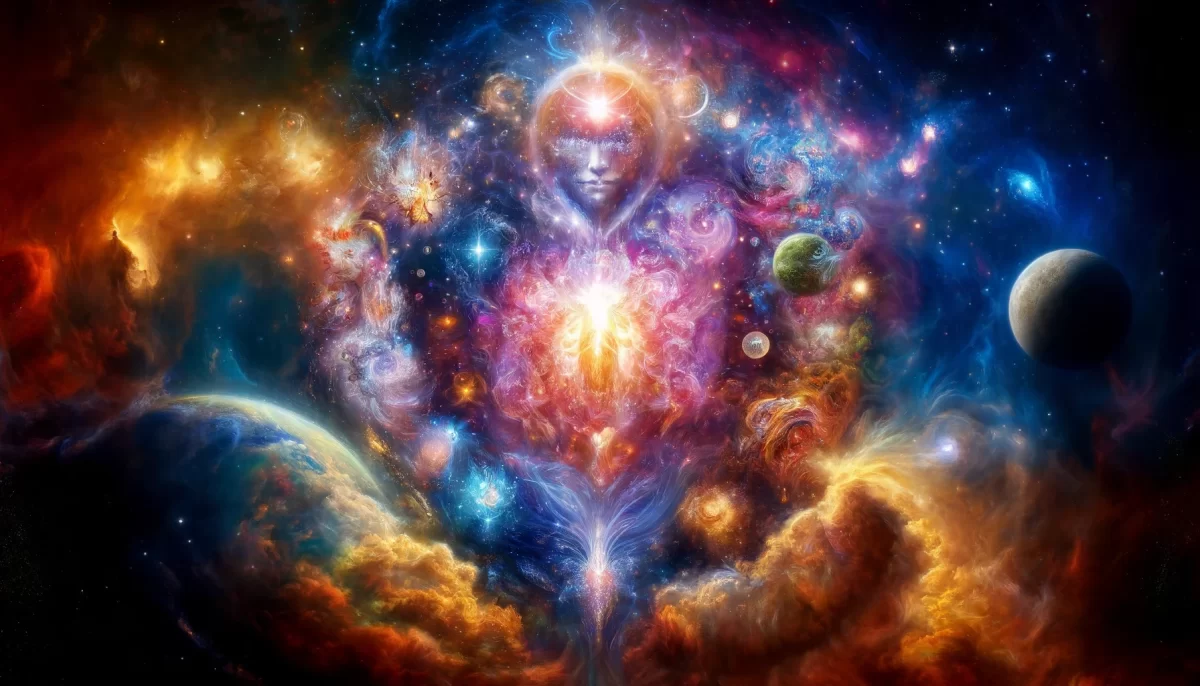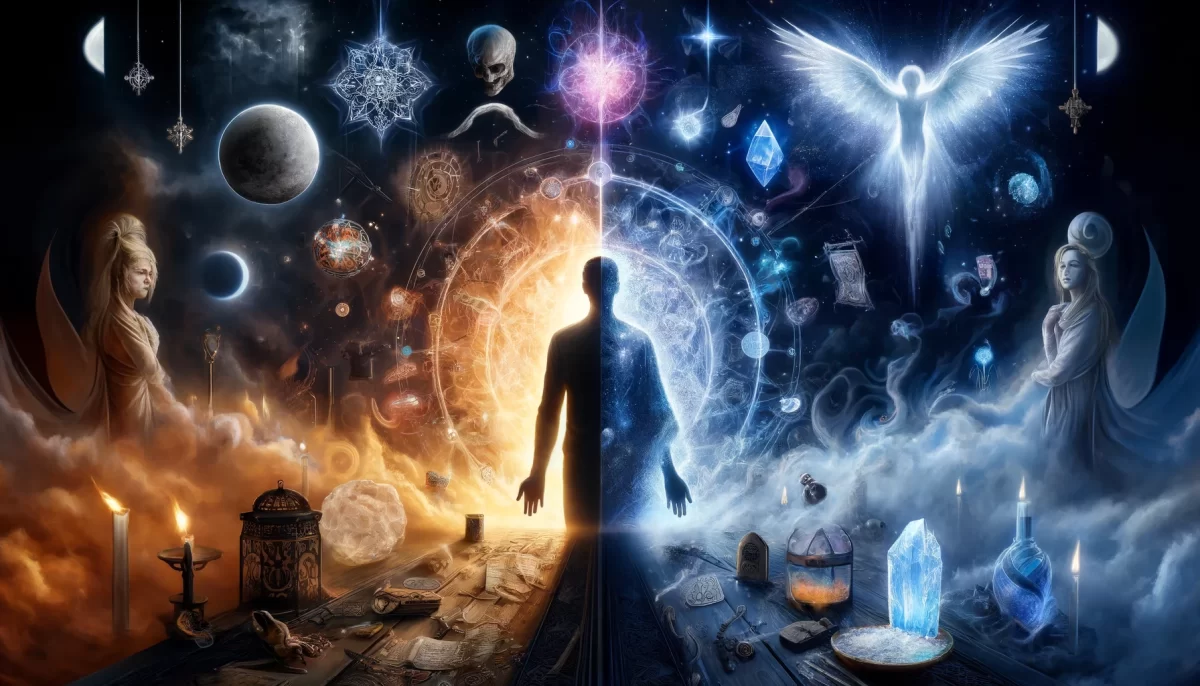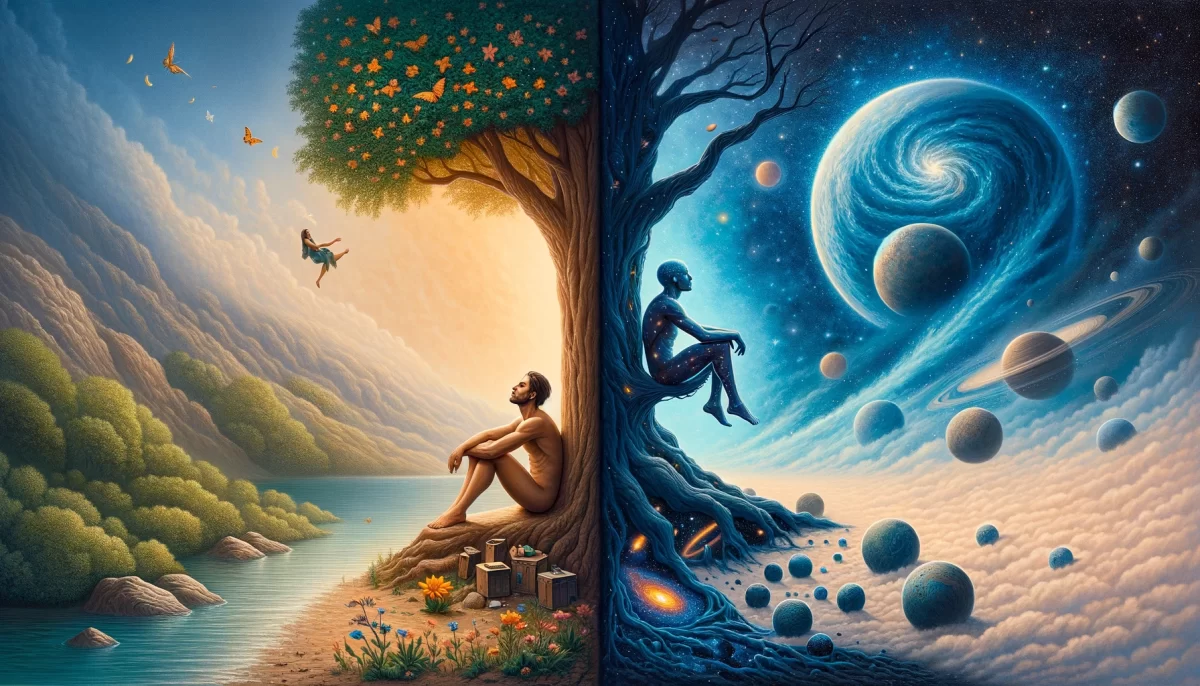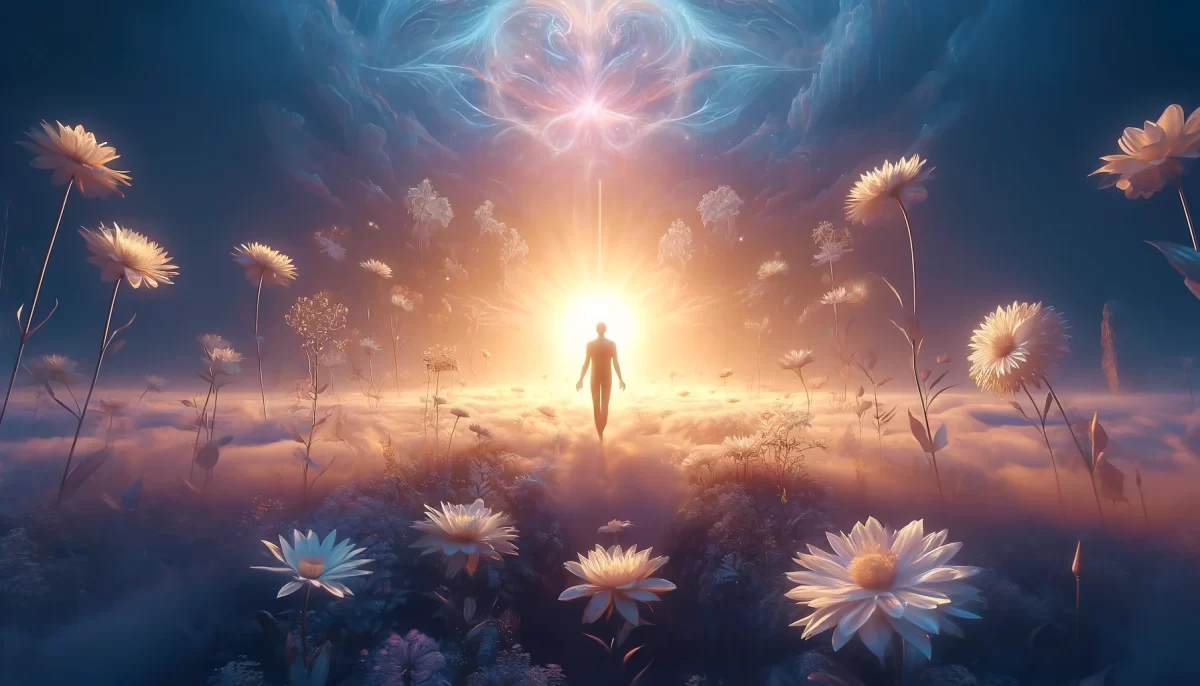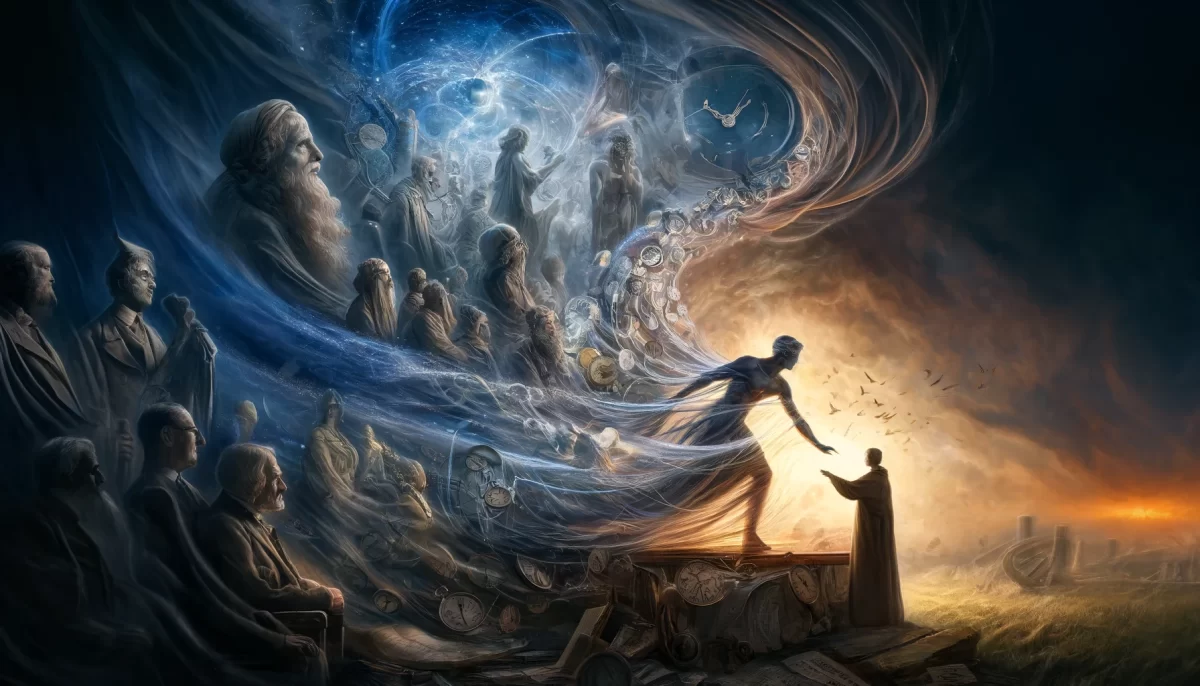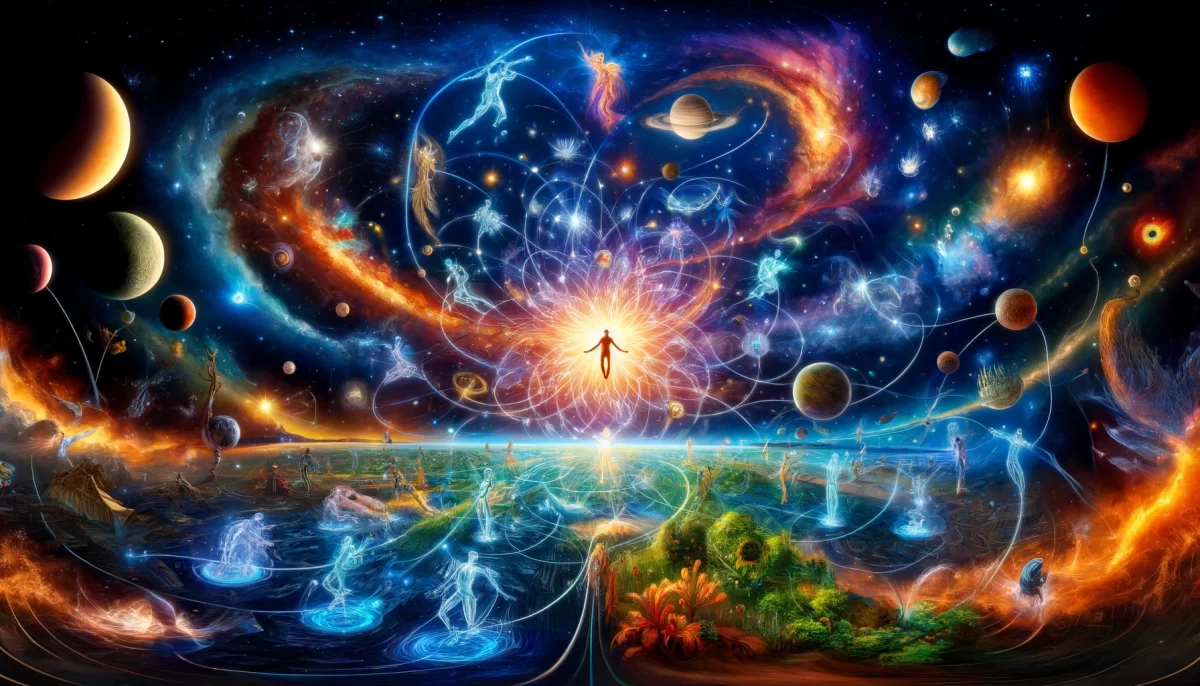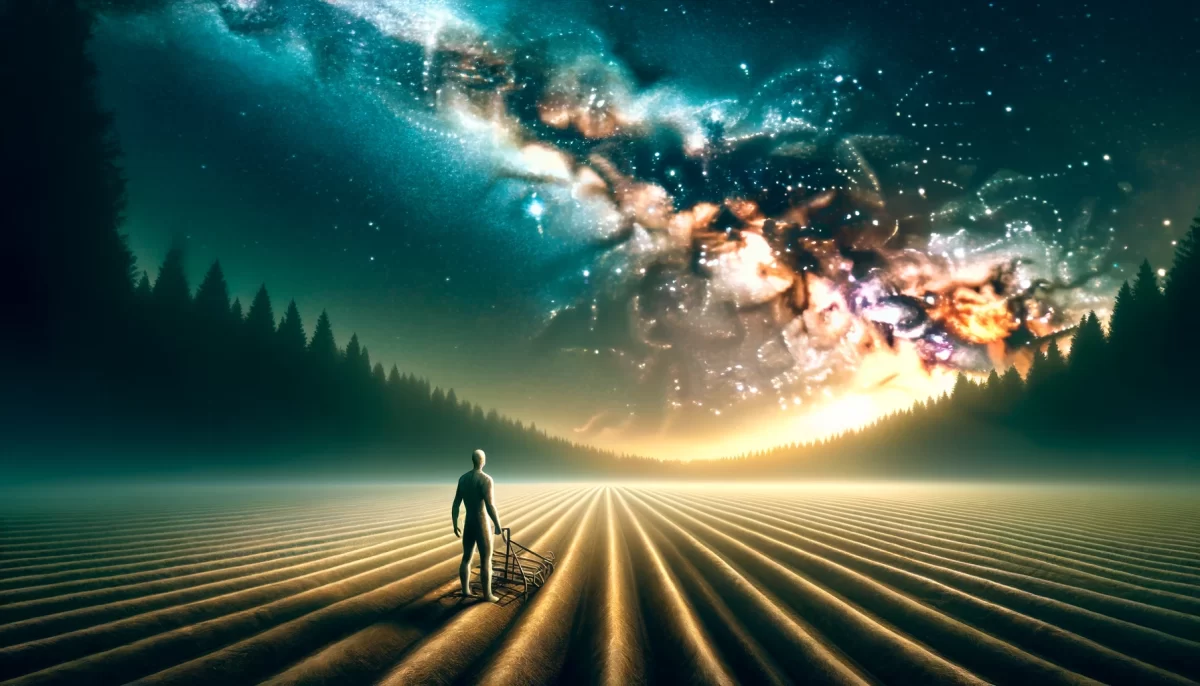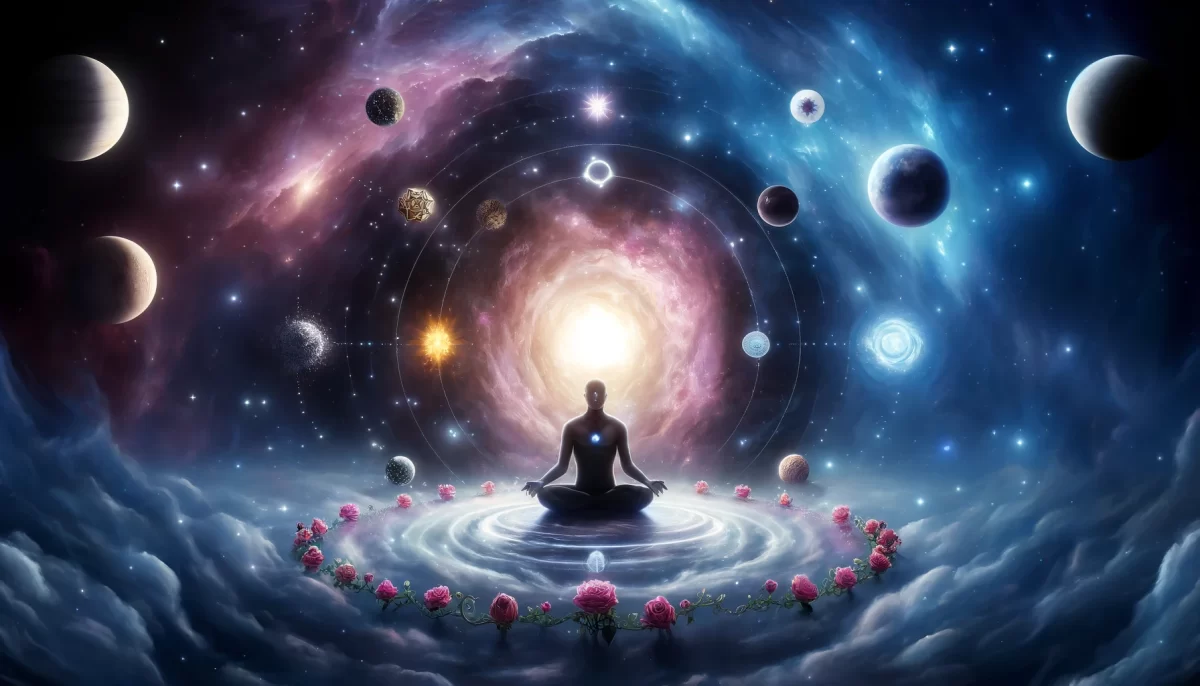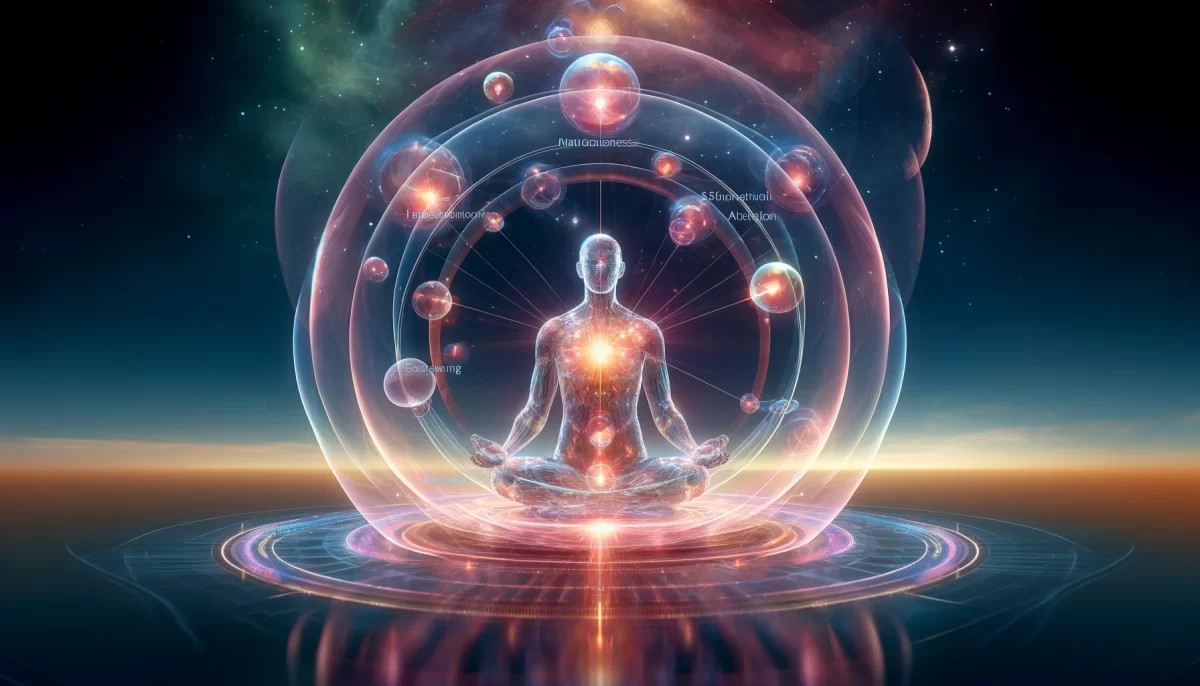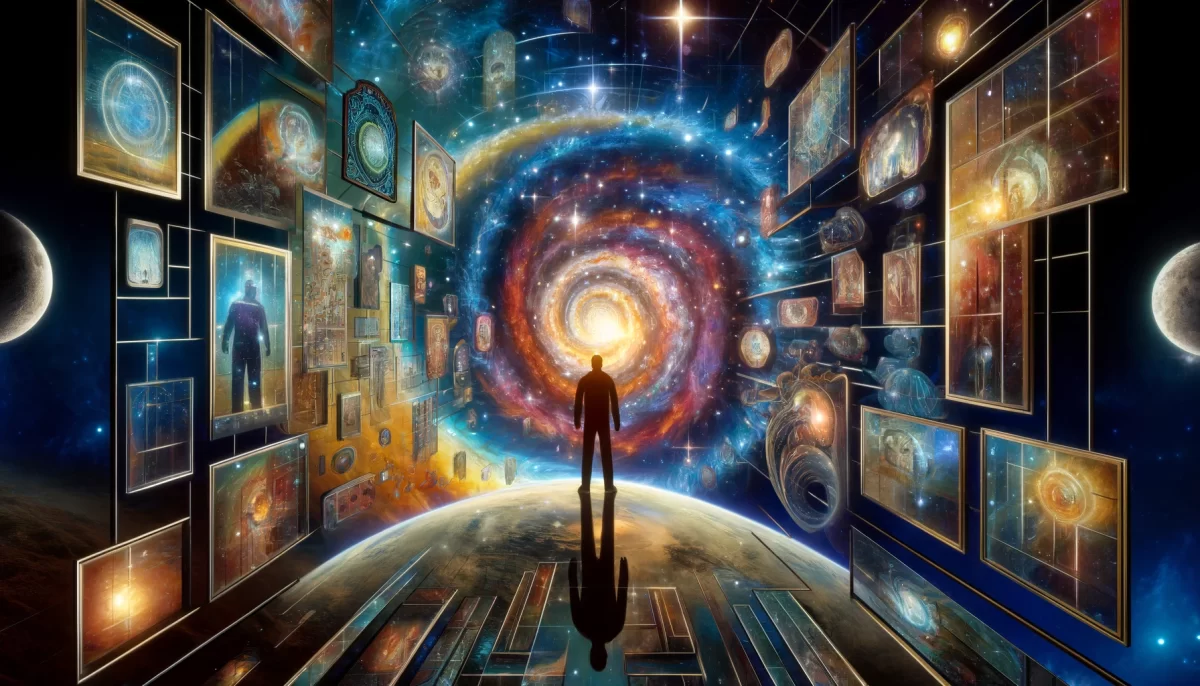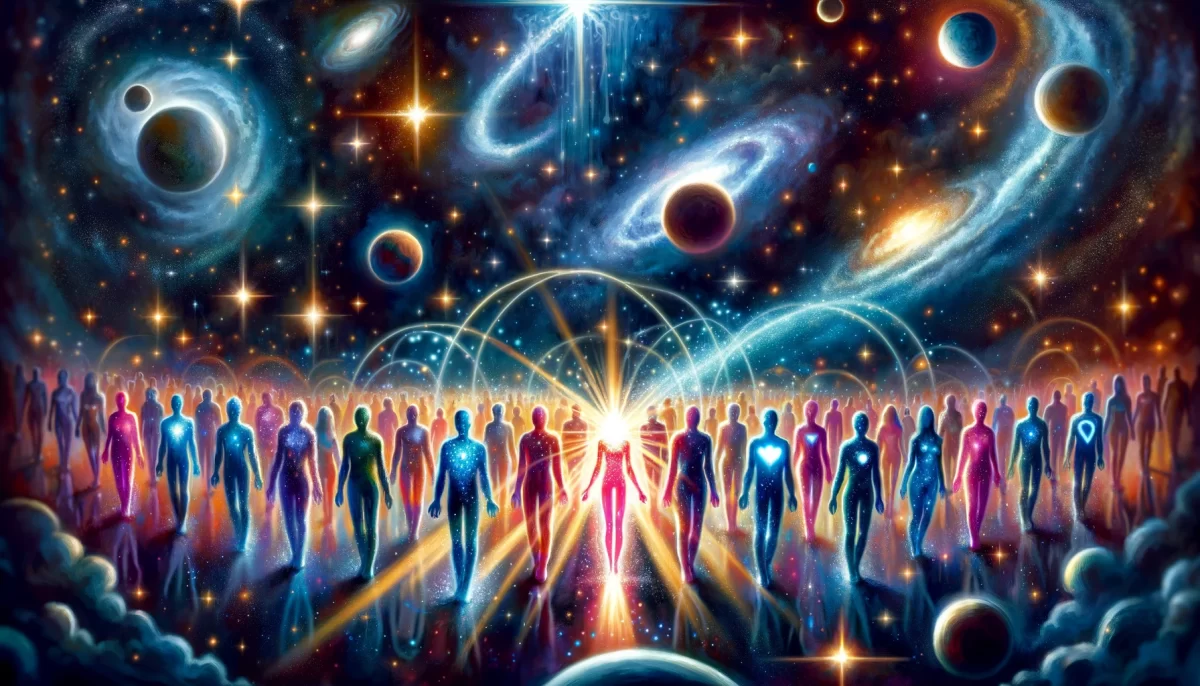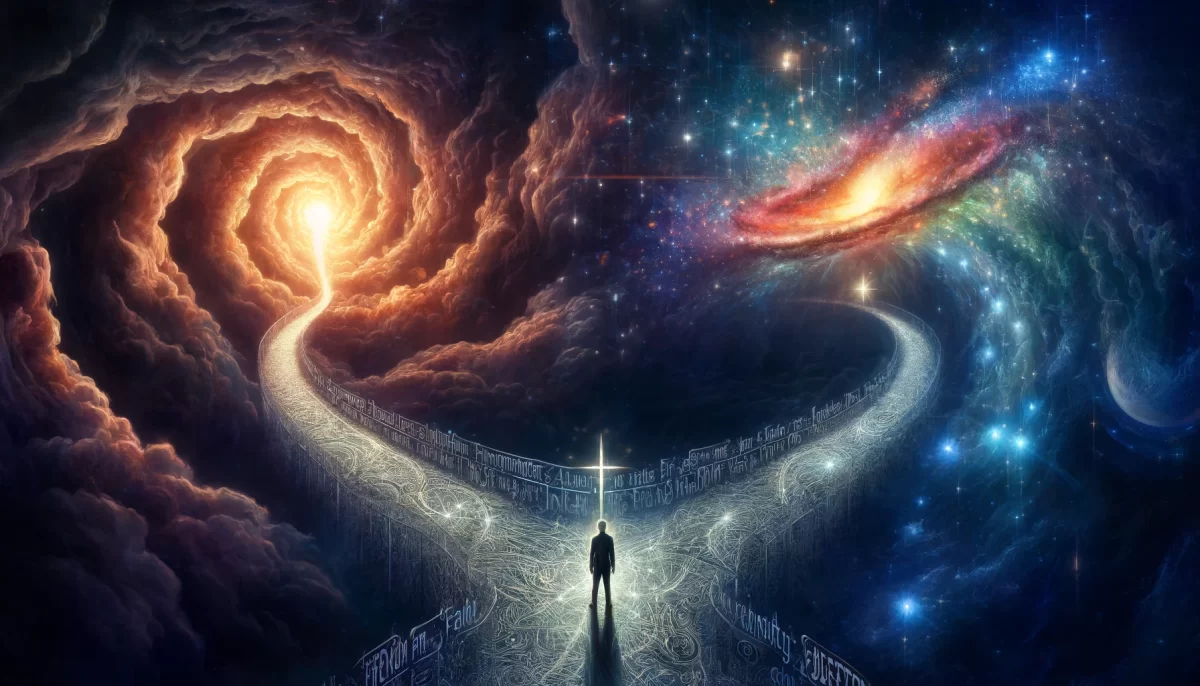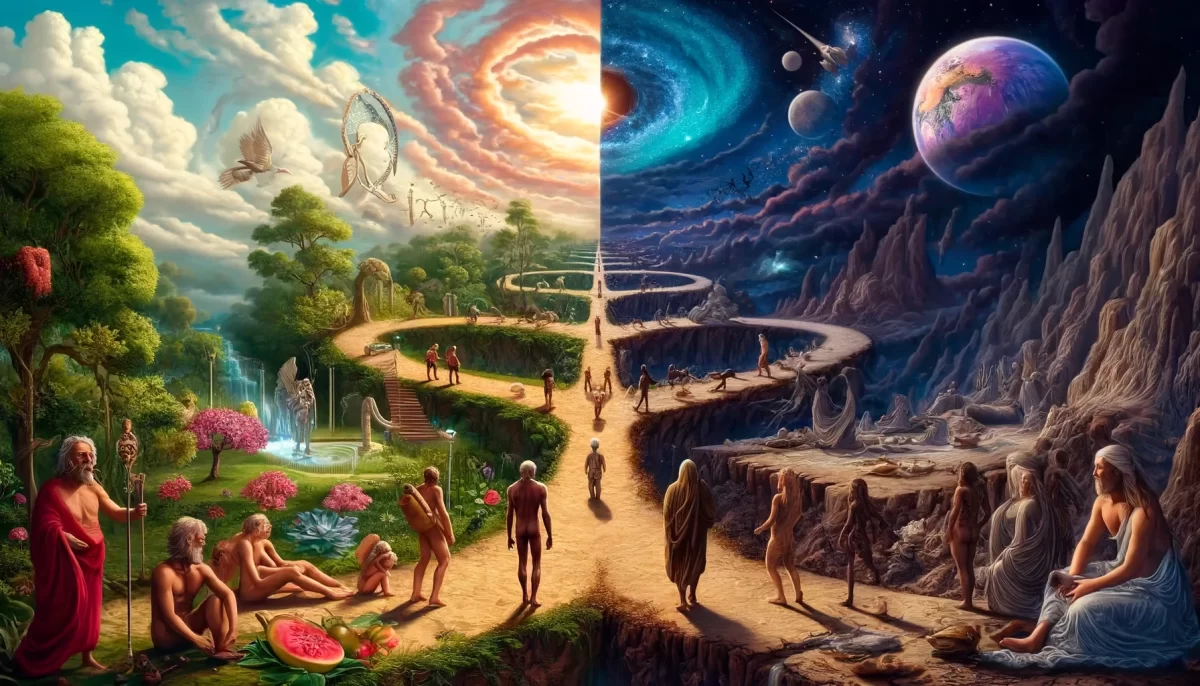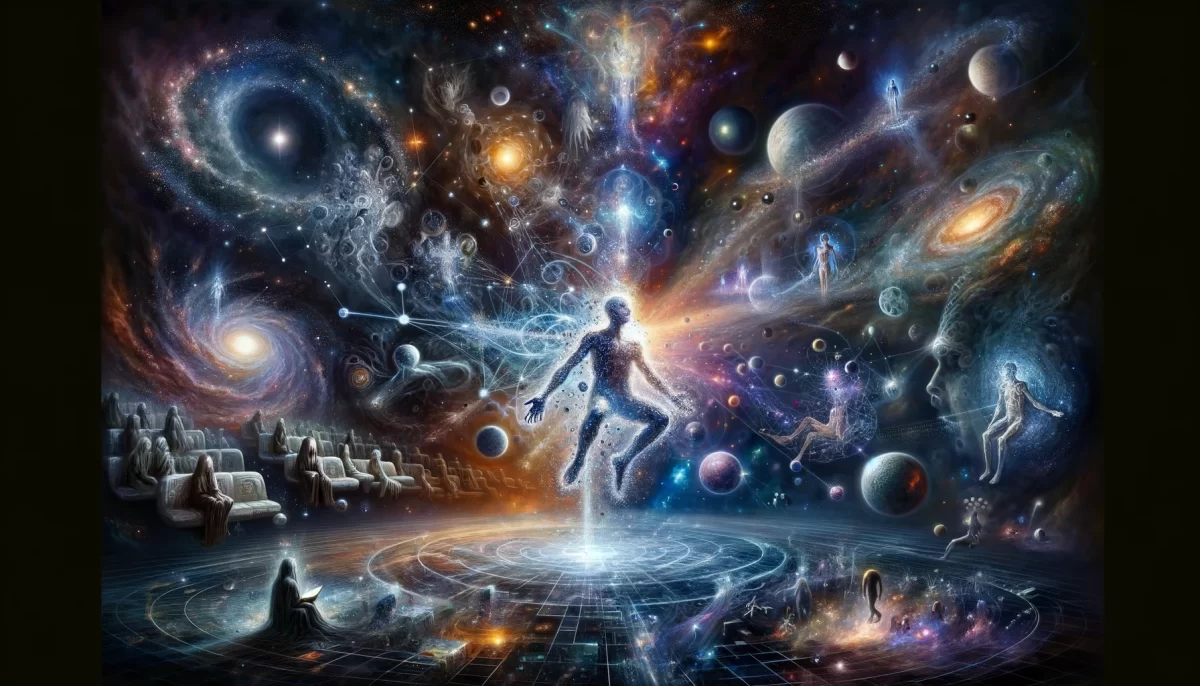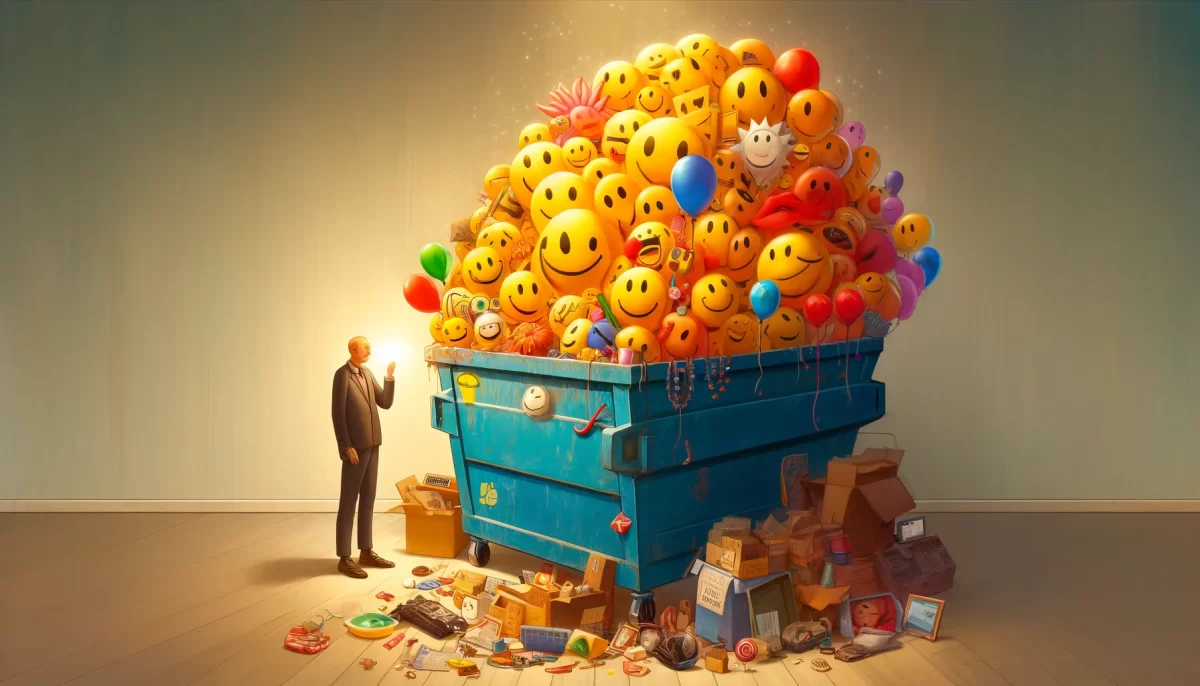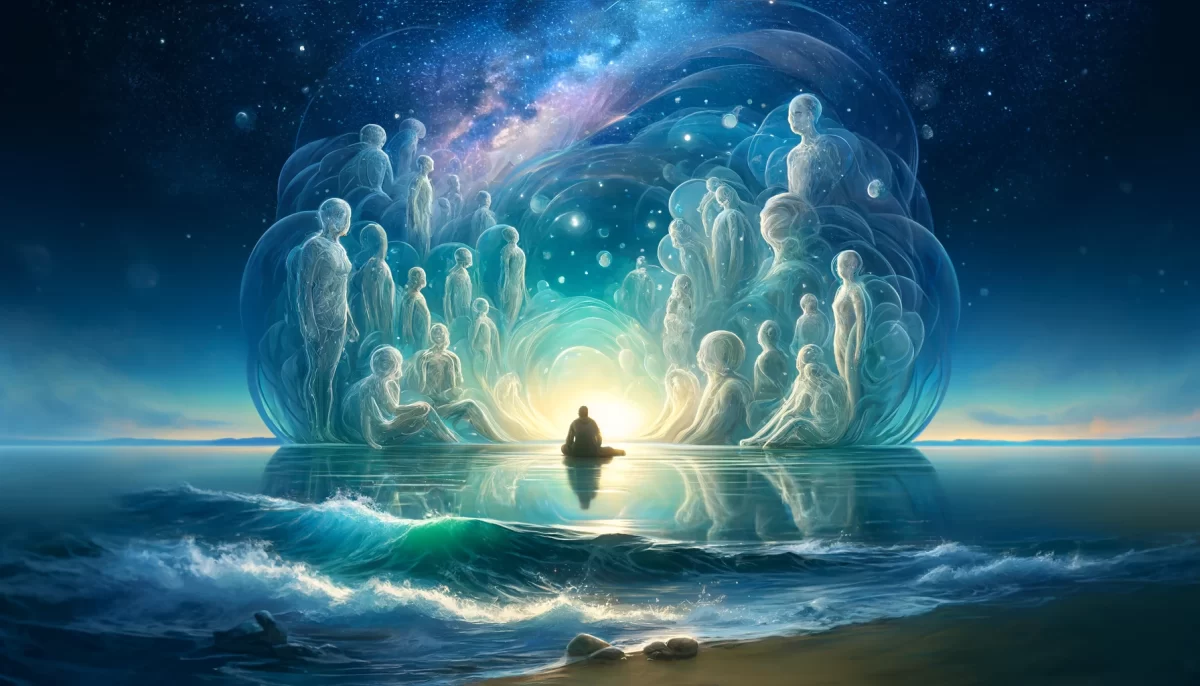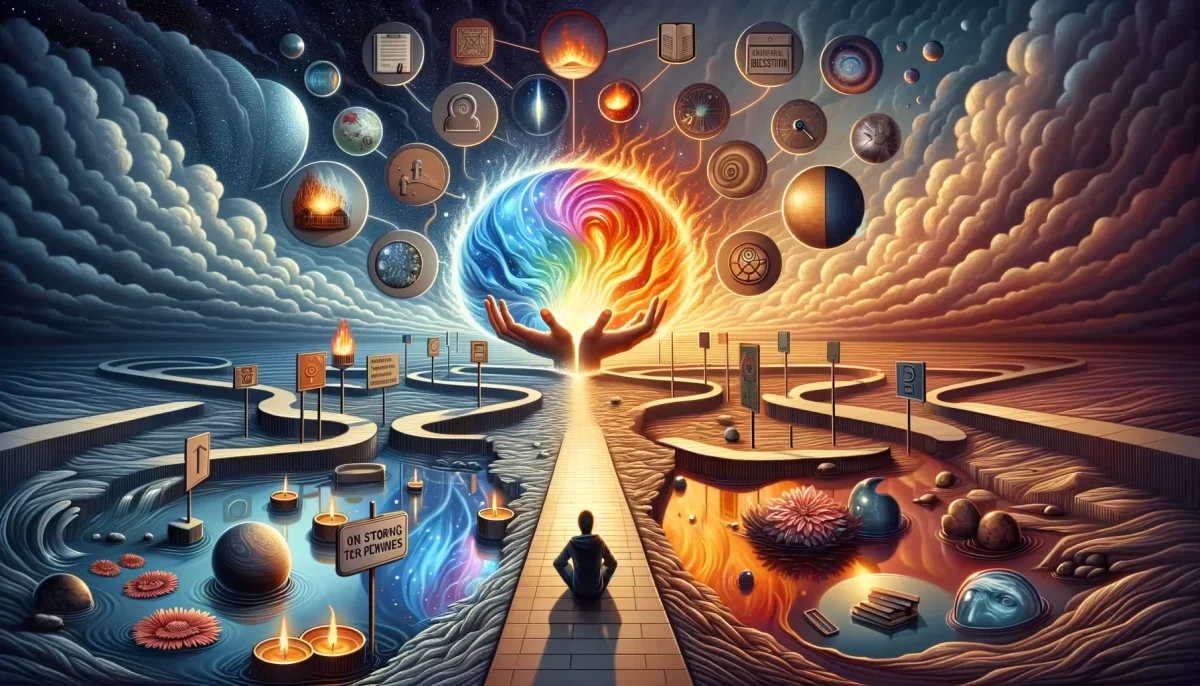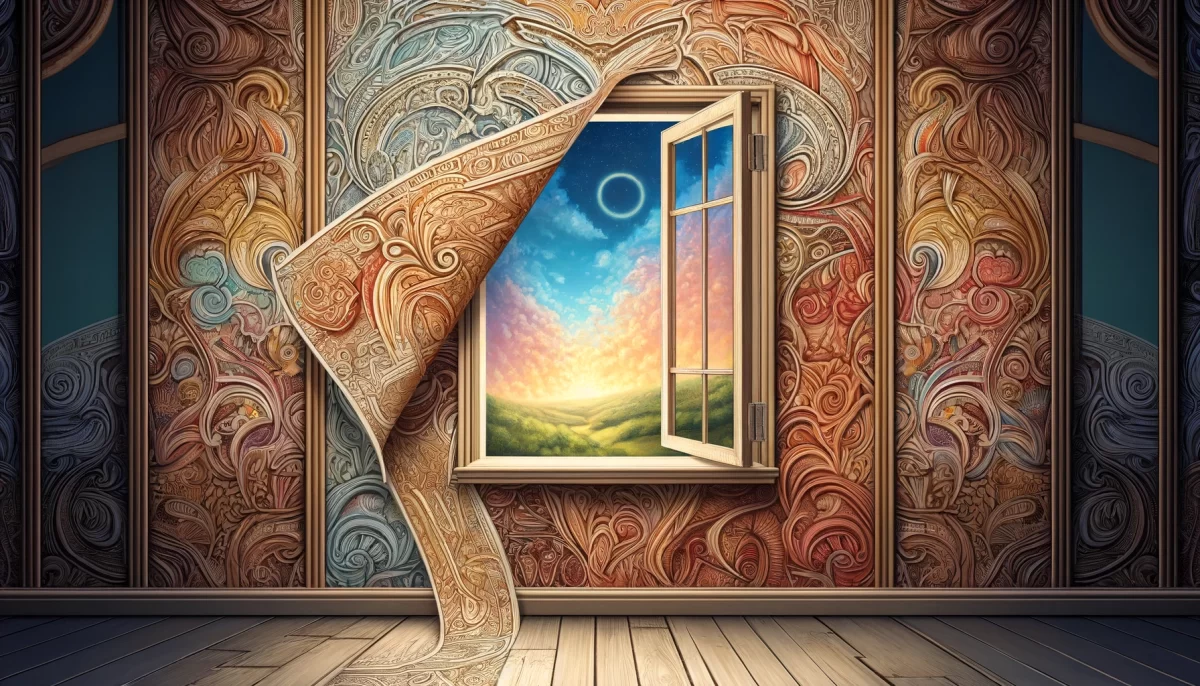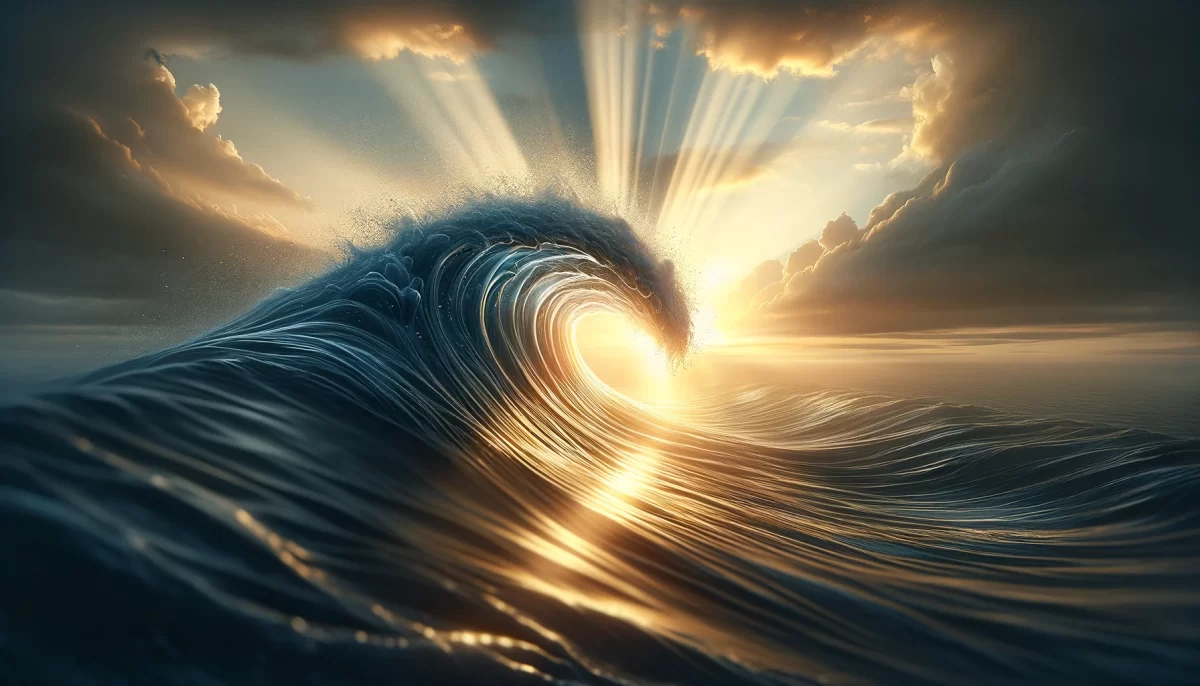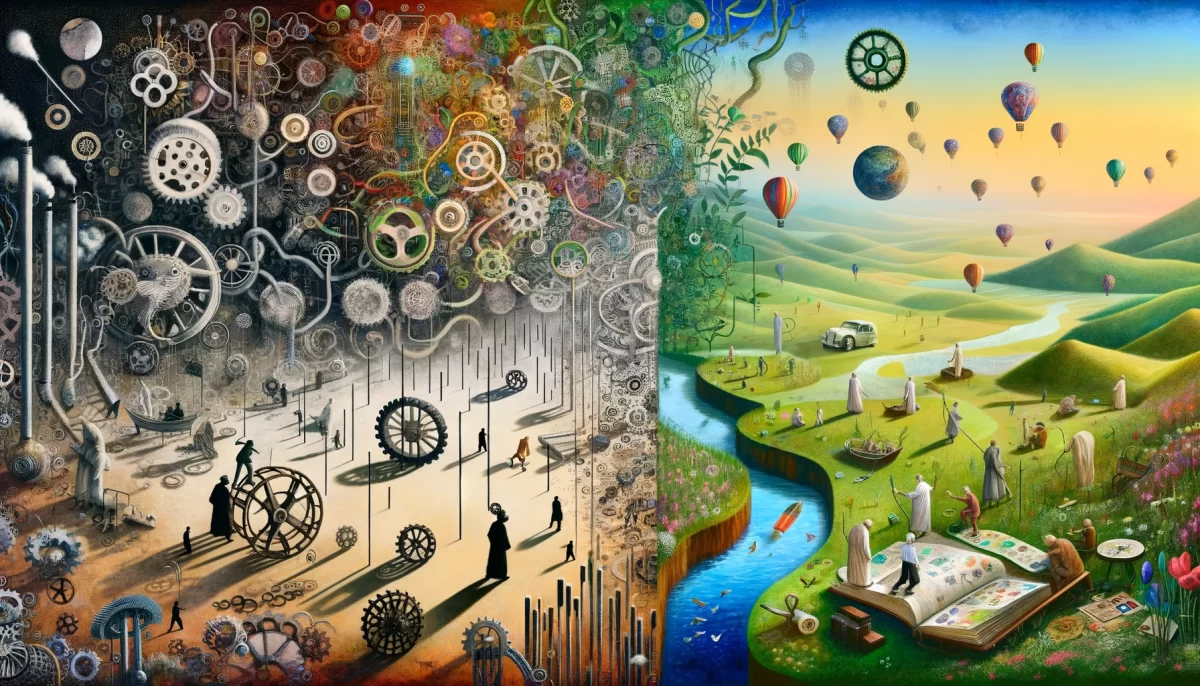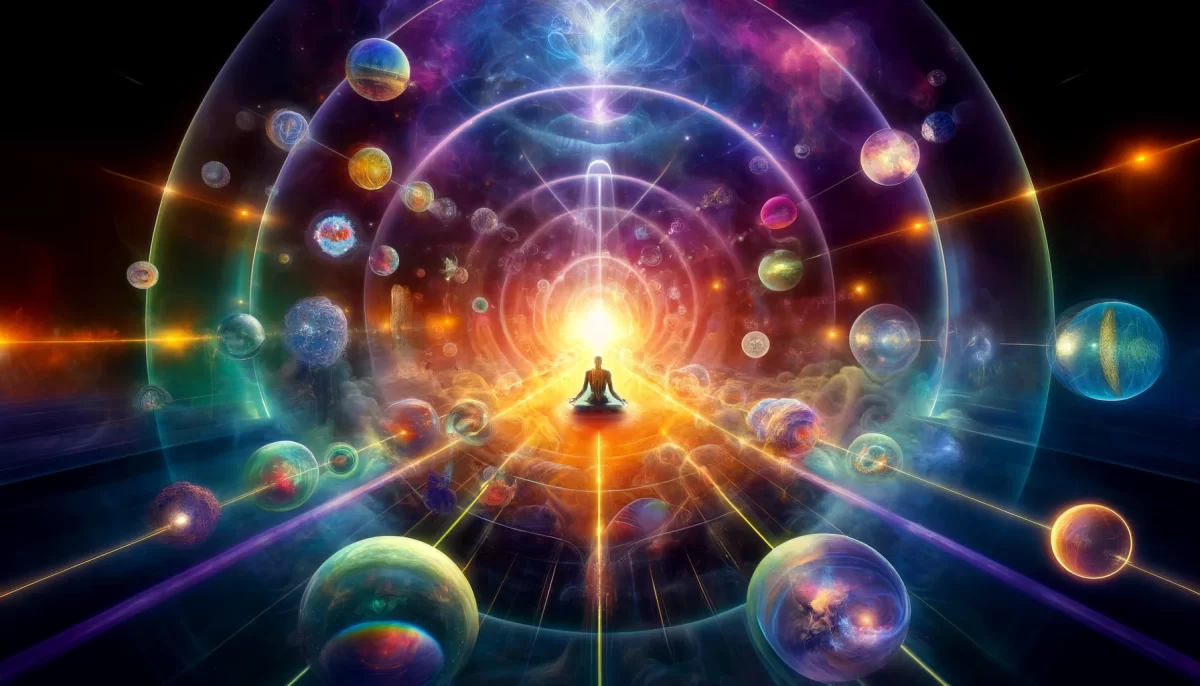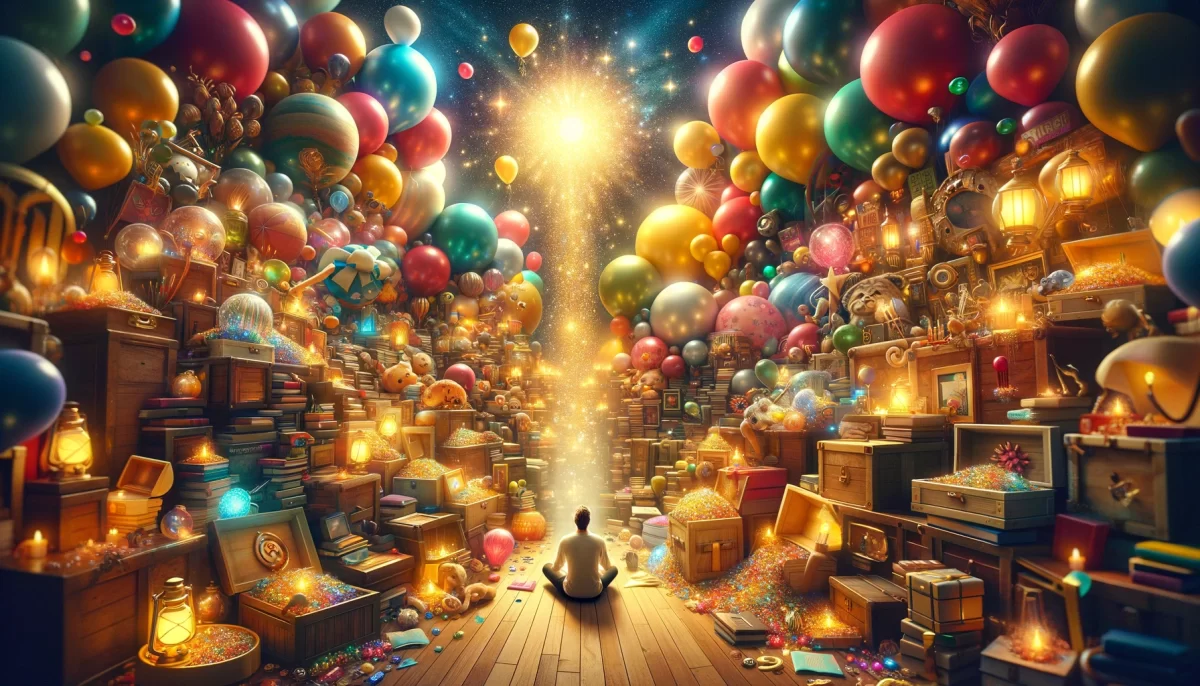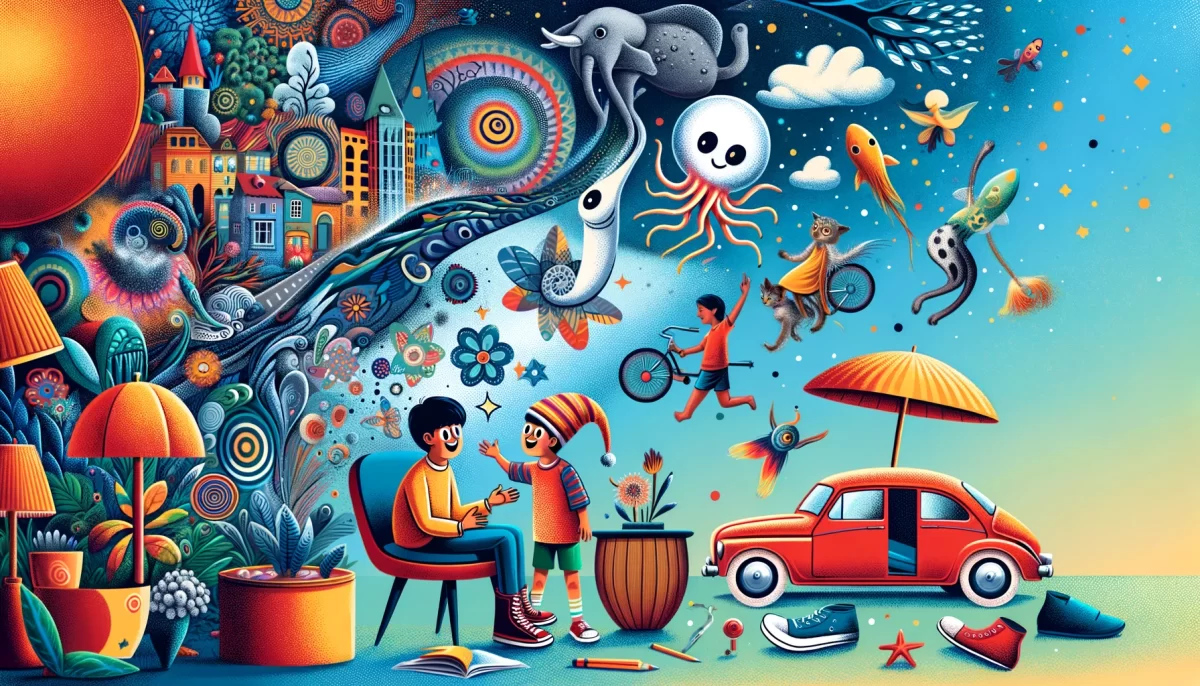“Inspiration honors the roots, appropriation digs them up.” — Space Monkey
Space Monkey Reflects
Inspiration is a delicate act of honoring—of tending to the roots from which ideas, stories, and traditions grow. It is about engaging with something deeply, respecting its origins, and letting it live and breathe as it branches out into new forms. When you are inspired, you nurture the soil from which culture springs. You feed it with reverence and care, acknowledging the life that the roots hold, even as you add your own essence to the mix.
Appropriation, however, uproots the tree. It digs into the soil, but not to nourish or understand—it tears at the roots, extracting what seems useful or “cool,” while leaving the rest behind. What’s left is a hollow shell of the original culture, exposed and weakened. The roots, once deep and connected, become broken, and the life they sustained begins to fade.
The difference is in intention and relationship. Inspiration requires time, attention, and a willingness to understand and grow alongside the culture you’re drawing from. Appropriation is fast, extractive, and disconnected, treating culture as a resource to be consumed rather than a living, breathing entity to be respected.
When you honor the roots, you acknowledge that your creation stands on the shoulders of those who came before. You are part of a continuum, adding to a long line of storytellers, artists, and thinkers who contributed to the richness of that culture. Appropriation, on the other hand, severs that line, taking only what is convenient while ignoring the deeper significance.
In our interconnected world, this distinction is more important than ever. Cultures are not resources to be mined—they are ecosystems to be tended. If we only dig up what looks appealing, we destroy the very thing we seek to celebrate. But if we nurture and respect, we create a space where cultures and creativity can thrive together, each contributing to a larger, living whole.
Summary
Inspiration nourishes the cultural roots it draws from, while appropriation uproots and weakens them. The difference lies in whether you seek to honor and grow alongside the culture, or merely extract from it.
Glossarium
- Rootrevere: The act of deeply respecting the cultural origins of inspiration, allowing ideas to grow without losing their integrity.
- Culturecut: When cultural elements are severed from their roots and used without understanding, diminishing their significance.
- Soilshift: The impact of removing cultural context, weakening the foundation on which creative works stand.
Quote
“Inspiration is a relationship; appropriation is a transaction. The former builds bridges, the latter burns them.” — Space Monkey
Uprooted
The tree stands tall,
its roots deep,
honored by those who see it,
who know the soil it comes from.
But some come,
with shovels and saws,
taking what they like,
leaving the rest behind.
They forget the roots,
the life beneath the surface,
and in their haste,
they leave it all to wither.
But old roots can grow new trees.
We are Space Monkey.


